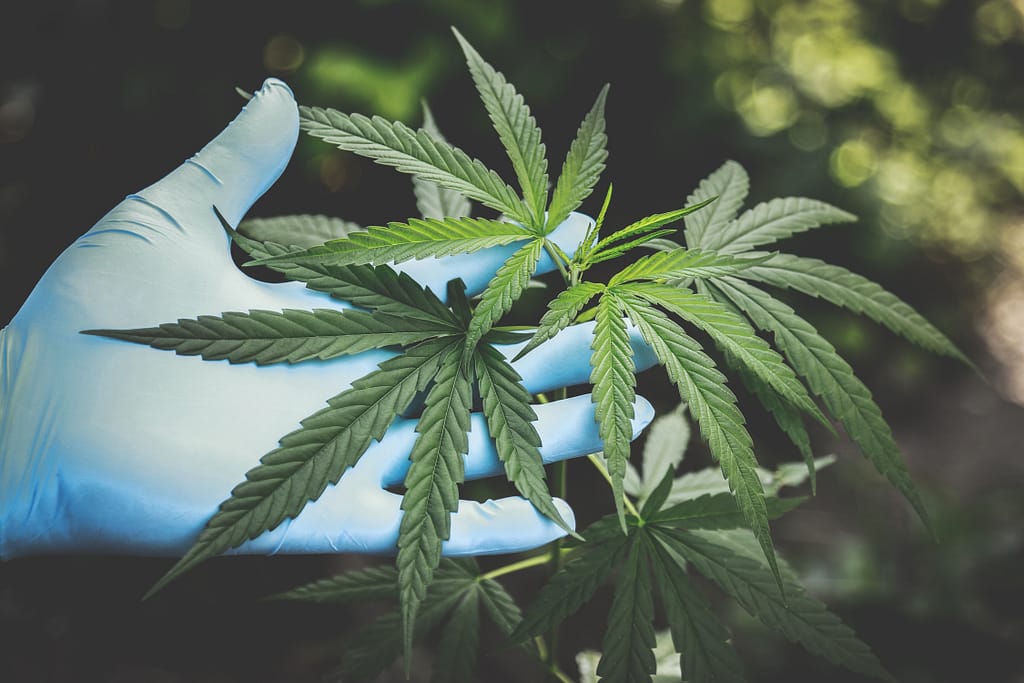Key Points:
- Hemp is not marijuana
- Neither hemp nor CBD has ever been used as a recreational drug
- Hemp and marijuana are genetically different
- Hemp and CBD will not make you high!
“WHAT IS CBD?” -the question in capitalized and bolded letters glaring from billboards stationed every couple of miles along the highway. Billboards, storefronts, news coverage, social media, you name it! It is undeniable that CBD has taken the natural and alternative medicine industry by storm. Countless testimonials and increasing evidence attribute hemp and its chemical components with health-boosting properties that rival age-old natural remedies, however many in today’s society still recoil at the topic of CBD and images of the flowers from which this extraordinary phytochemical is derived. Before assigning hemp the same taboo that follows its party-animal cousin, marijuana, it is important to educate ourselves on the differences between these two unique products of mother nature.
Historical Applications
Hemp has been used throughout history as a component of a number of industrial products including construction materials, ropes, biofuels, textiles and clothing. Only recently has it come to light as a consumable product with a wide variety of benefits. Marijuana, on the other hand, has been utilized for millennia as a natural medicine and recreational drug. While it has been legalized for recreational and/or medicinal use in several states, marijuana is still used illegally as a recreational drug in many parts of the country.
Genetic Makeup
Confusion in regards to the genetic relationship between hemp and marijuana is widespread, and certain terminologies are still a topic of debate amongst scientists as well as regulatory bodies, but here is what we know (in a nutshell): hemp and marijuana are indeed members of single species of cannabis. Recreational cannabis (aka marijuana) may be derived from one of two species, Cannabis indica or Cannabis sativa, and its non-psychoactive relative hemp is also classified as the C. sativa species (though even this has been called into question by some research). There are, however, marked differences in the genetic makeup of the two plants. It is believed that in the past, farmers cultivated (or “bred”) C. sativa into various strains with different physical characteristics to be used for consumption or for industrial purposes. This cultivation resulted in multiple strains of C. sativa with distinct chemical composition.
Chemical Composition
Cannabis sativa is made up of 480 natural components with 66 of these classified as cannabinoids. Of these 66 phytocannabinoids, two exist in the highest concentrations in hemp and marijuana and have therefore received the most attention: Δ-9-tetrahydrocannabinol (THC) and cannabidiol (CBD). THC is the compound responsible for the “high” of marijuana and is found in concentrations as high as 30% in some strains of C. sativa. Other strains contain negligible amounts of THC with much higher concentrations of CBD. Although it shares the same chemical formula as THC, CBD has a different structure and works in the body to impact pain-control and enhance feelings of well-being with no psychoactive affects. Regulatory bodies have defined hemp as C. sativa containing 0.3% or less of THC. This is why you can feel confident that when using CBD and other products derived from hemp you will experience none of the high characterized by marijuana- only the health benefits!
In summary, hemp is not marijuana, and it is certainly not a drug. These strains of Cannabis sativa have different histories, unidentical genetic makeup, and chemical compositions distinct from marijuana. The prominence of CBD and scarce levels of THC in hemp make it a suitable candidate for consumption as a natural supplement. When using true hemp-derived products, you can enjoy the beneficial properties with no high. Spread the word. Crush the prejudice!

